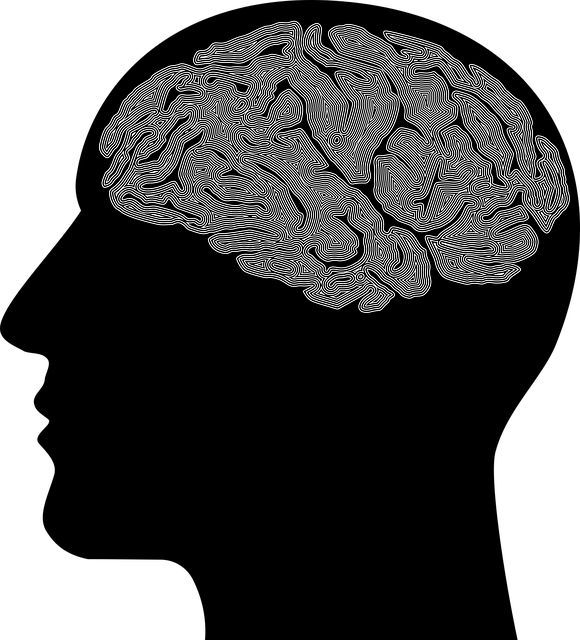Nurturing Resilience: Coping Skills Development in Young Children via Cognitive Processing Therapy
TL;DR:Cognitive Processing Therapy (CPT) is an innovative therapy for young children, addressing men…….
In the complex landscape of child development, identifying and addressing cognitive processing issues is a critical aspect of fostering healthy growth. This article delves into the world of “Therapy for Young Children Cognitive Processing Therapy,” exploring its principles, impact, and future potential. By examining its various facets, we aim to provide valuable insights for professionals, researchers, and parents alike. This therapy approach has gained significant attention due to its ability to transform young minds, offering a targeted and evidence-based method to enhance cognitive functions and overall well-being in children.
Definition:
Cognitive Processing Therapy (CPT) is a specialized form of behavioral therapy designed specifically for children, focusing on the way they process thoughts, emotions, and sensory information. It aims to help young individuals make sense of their experiences, improve their emotional regulation, and enhance overall cognitive flexibility. CPT is grounded in the understanding that early childhood experiences significantly shape brain development, making early intervention crucial.
Core Components:
Historical Context:
The roots of CPT can be traced back to the work of pioneering psychologists and therapists who recognized the significance of early childhood experiences in shaping future mental health. Over time, various therapeutic approaches evolved, contributing to the development of CPT as we know it today. This therapy gained formal recognition in the 1980s, with extensive research and clinical trials solidifying its effectiveness.
Significance:
CPT plays a vital role in addressing a range of challenges faced by young children, including:
International Influence:
The influence of “Therapy for Young Children Cognitive Processing Therapy” extends far beyond its origins, with growing adoption worldwide. Key factors driving this global trend include increased awareness of early childhood mental health, improved access to therapy services, and the success of CPT in diverse cultural contexts.
Regional Variations:
Trends Shaping CPT:
Market Dynamics:
The global market for children’s mental health services, including CPT, is experiencing steady growth. This expansion is driven by rising awareness, increasing prevalence of childhood mental health disorders, and improved healthcare infrastructure in many countries. The demand for evidence-based therapies like CPT is expected to continue climbing.
Investment Patterns:
Private equity firms and venture capital investors are showing growing interest in children’s mental health startups, including those focused on CPT. This trend reflects the potential for significant returns and the positive impact these interventions can have on young lives. Governments and non-profit organizations also contribute funding, often through specialized grants and initiatives.
Economic Impact:
Digital Tools for CPT:
Technology has revolutionized the delivery of CPT, enabling therapists to reach a wider audience and offer more personalized interventions. Key advancements include:
Impact and Future Potential:
Technological integrations have improved CPT’s effectiveness, accessibility, and cost-efficiency. They enable personalized learning paths, real-time feedback, and continuous monitoring of a child’s progress. In the future, AI-assisted CPT could lead to more precise interventions tailored to individual needs, potentially reducing therapy durations and enhancing outcomes.
Key Policies and Regulations:
Influence on Development:
These policies and regulations have significantly shaped the landscape for “Therapy for Young Children Cognitive Processing Therapy”:
Main Challenges:
Criticisms and Proposed Solutions:
Case Study 1: Overcoming Anxiety in School-Aged Children
Setting: Urban school district, USA.
Participants: 8-12 year old children with generalized anxiety disorder (GAD).
Methodology:
The CPT program involved group and individual therapy sessions conducted by trained mental health professionals over a 10-week period. The curriculum focused on cognitive restructuring, relaxation techniques, and exposure therapy. Parents were encouraged to participate in workshops and support their child’s practice between sessions.
Outcomes:
Lessons Learned:
This case study highlights the effectiveness of CPT in managing anxiety disorders in school-aged children. The involvement of parents and caregivers was crucial for sustained progress, emphasizing the importance of family support in therapy.
Case Study 2: Sensory Processing Therapy for Autism Spectrum Disorder (ASD)
Setting: Rural community, Australia.
Participants: Children aged 6-10 with ASD.
Approach:
A sensory integration therapy program was designed and implemented by occupational therapists in collaboration with local schools. The therapy focused on sensory modulation skills, including joint attention, motor planning, and social interaction. Sessions were tailored to each child’s needs and incorporated play-based activities.
Results:
Key Takeaways:
The study demonstrates the positive impact of CPT-inspired interventions on children with ASD, particularly in sensory processing and social skills. Collaboration between therapists, educators, and families is essential for optimizing outcomes.
Emerging Trends:
Strategic Considerations:
“Therapy for Young Children Cognitive Processing Therapy” represents a powerful tool in the field of child mental health, offering targeted interventions to support young minds. Its global impact and continuous evolution demonstrate its effectiveness and adaptability. As we look to the future, CPT is poised to play an increasingly vital role in addressing childhood cognitive and emotional challenges. By embracing technological advancements, cultural sensitivity, and collaborative practices, therapists and educators can ensure that this therapy continues to transform lives, fostering healthier, more resilient children worldwide.
Q: What age group does Cognitive Processing Therapy typically serve?
A: CPT is designed for young children, generally from infancy up to adolescence. However, its principles can be adapted for older age groups as well.
Q: How do I know if my child needs CBT?
A: If your child exhibits persistent fears, anxiety, difficulty concentrating, or emotional regulation issues, they may benefit from CPT. Observing changes in behavior and mood can be indicators, but a qualified therapist should make the official assessment.
Q: Can CPT be done online or remotely?
A: Yes, many aspects of CPT can be delivered online through secure video conferencing platforms. This flexibility allows access to therapy for children in remote areas or with limited mobility.
Q: Is CPT covered by insurance?
A: Insurance coverage varies, but many major insurers do cover CPT services. It’s essential to check with your provider and understand the specific benefits and any associated costs.
Q: How long does CBT typically last?
A: The duration of CPT can vary depending on the child’s needs and progress. Typically, it involves a series of sessions spread over several weeks or months, with ongoing support as needed.

TL;DR:Cognitive Processing Therapy (CPT) is an innovative therapy for young children, addressing men…….

Mental illness stigma significantly hinders young minds from accessing critical support during vulne…….